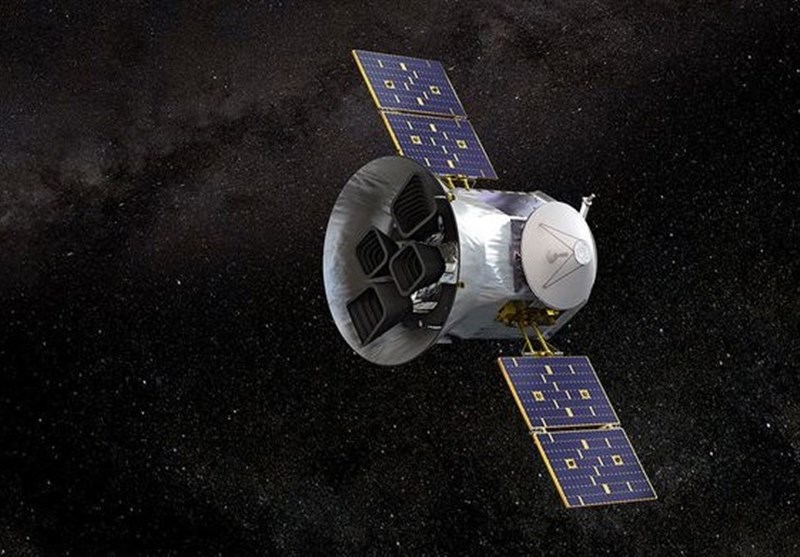Newly Discovered Exoplanet Trio among Closest to Earth
TEHRAN (Tasnim) – Three newly discovered exoplanets could help researchers redefine the shaky line between rocky and gaseous planets, according to new observations from NASA’s Transiting Exoplanet Survey Satellite (TESS).
It was NASA's powerful planet-hunting TESS (Transiting Exoplanet Survey Satellite) space telescope that spotted the trio of exoplanets orbiting a star about 73 light-years from Earth, CTVNews reported.
The newly discovered worlds are among the smallest and nearest ever detected.
One of them is a rocky super-Earth called TOI-270 b that is slightly bigger than our planet.
The other two, TOI-270 c and TOI-270 d, are icy, gas-dominant sub-Neptunes that are about twice the size of Earth.
One of the sub-Neptunes, the one furthest from the star, is located in what is known as a habitable zone that has the potential to store liquid water.
But scientists believe the atmosphere is likely too dense to support life.
Researchers believe the new discovery might serve as a way to study the "missing link" to understanding a type of planet not present in our own solar system; something between a rocky planet like Earth and a gaseous planet like Saturn or Jupiter.
Scientists believe the new exoplanets could offer clues as to how our solar system was formed.
TESS busy studying the star system
Since it was launched by NASA in April 2018, TESS has been busy studying the mass, size, density and orbit of a large number of small planets orbiting the nearest stars in the celestial hemispheres.
So far, TESS’ sky-scanning missions have led to the discovery of 21 planets and more than 850 candidate exoplanets.
"TESS is the mission that is going to detect some of those planets that we first dream of going to in a realistic way," explained Padi Boyd, NASA’s Chief of the Exoplanets and Stellar Astrophysics Lab.
The discovery of the three new exoplanets was first published in the journal, Nature Astronomy
author: A.Boruni - Date: 7/30/2019
 English
English فارسی
فارسی